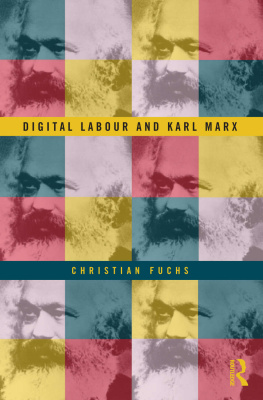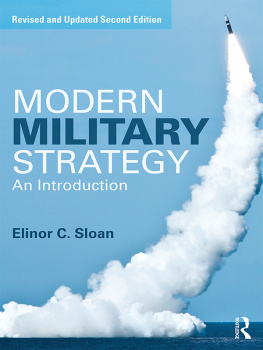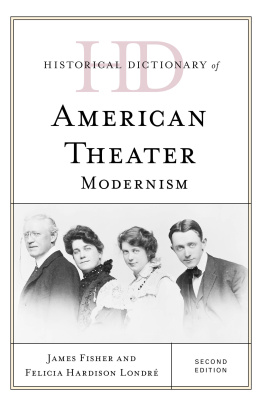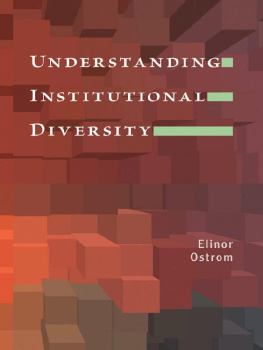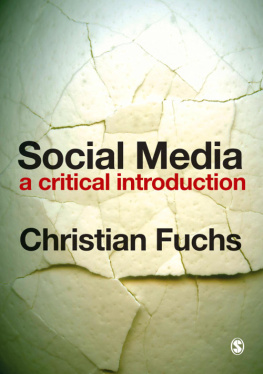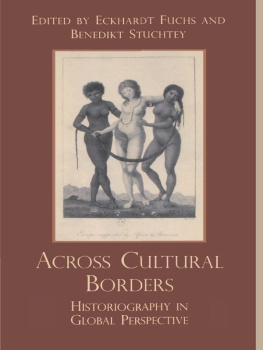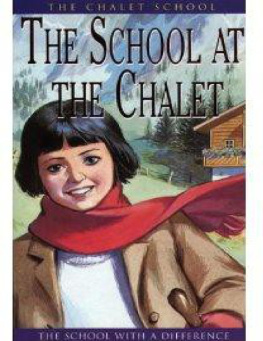Elinor Fuchs - The Death of Character: Perspectives on Theater after Modernism
Here you can read online Elinor Fuchs - The Death of Character: Perspectives on Theater after Modernism full text of the book (entire story) in english for free. Download pdf and epub, get meaning, cover and reviews about this ebook. year: 1996, publisher: Indiana University Press, genre: History. Description of the work, (preface) as well as reviews are available. Best literature library LitArk.com created for fans of good reading and offers a wide selection of genres:
Romance novel
Science fiction
Adventure
Detective
Science
History
Home and family
Prose
Art
Politics
Computer
Non-fiction
Religion
Business
Children
Humor
Choose a favorite category and find really read worthwhile books. Enjoy immersion in the world of imagination, feel the emotions of the characters or learn something new for yourself, make an fascinating discovery.

- Book:The Death of Character: Perspectives on Theater after Modernism
- Author:
- Publisher:Indiana University Press
- Genre:
- Year:1996
- Rating:4 / 5
- Favourites:Add to favourites
- Your mark:
- 80
- 1
- 2
- 3
- 4
- 5
The Death of Character: Perspectives on Theater after Modernism: summary, description and annotation
We offer to read an annotation, description, summary or preface (depends on what the author of the book "The Death of Character: Perspectives on Theater after Modernism" wrote himself). If you haven't found the necessary information about the book — write in the comments, we will try to find it.
Elinor Fuchs: author's other books
Who wrote The Death of Character: Perspectives on Theater after Modernism? Find out the surname, the name of the author of the book and a list of all author's works by series.
The Death of Character: Perspectives on Theater after Modernism — read online for free the complete book (whole text) full work
Below is the text of the book, divided by pages. System saving the place of the last page read, allows you to conveniently read the book "The Death of Character: Perspectives on Theater after Modernism" online for free, without having to search again every time where you left off. Put a bookmark, and you can go to the page where you finished reading at any time.
Font size:
Interval:
Bookmark:
THE DEATH OF CHARACTER
DRAMA AND PERFORMANCE STUDIES
Timothy Wiles, general editor
Nora M. Alter. Vietnam Protest Theatre: Staging the Television War. Johannes Birringer. Theatre, Theory, Postmodernism. Katherine H. Burkman and John L. Kundert-Gibbs, editors. Pinter at Sixty.
Ejner J. Jensen. Shakespeare and the Ends of Comedy. Jeffrey D. Mason. Melodrama and the Myth of America. Eugne van Erven. The Playful Revolution: Theatre and Liberation in Asia.
CHARACTER
Perspectives on Theater after Modernism
Elinor Fuchs

1996 by Elinor Fuchs
All rights reserved
No part of this book may be reproduced or utilized in any form or by any means, electronic or mechanical, including photocopying and recording, or by any information storage and retrieval system, without permission in writing from the publisher. The Association of American University Presses Resolution on Permissions constitutes the only exception to this prohibition.
The paper used in this publication meets the minimum requirements of American National Standard for Information SciencesPermanence of Paper for Printed Library Materials, ANSI Z39.48-1984.
Manufactured in the United States of America
Library of Congress Cataloging-in-Publication Data
Fuchs, Elinor.
The death of character : perspectives on theater after modernism /
Elinor Fuchs.
p.cm. (Drama and performance studies)
Includes index.
ISBN 0-253-33038-6 (cl : alk. paper). ISBN 978-0-253-21008-1 (pa : alk. paper)
1. Experimental theater. 2. TheaterUnited StatesReviews. 3. Experimental dramaHistory and criticism. I. Title. II. Series.
PN2193.E86F831996
792.022dc20 | 9522915 |
2 3 4 5 01 00 99 98 97
To the memory of my daring mother
Lillian Ruth Kessler
19081993
and of Reza Abdoh, theatrical visionary
19631995
PART I
Modern after Modernism
The Rise and Fall of the Character Named Character
Pattern over Character: The Modern Mysterium
Counter-Stagings: Ibsen against the Grain
PART II
Theater after Modernism
Signaling through the Signs
Another Version of Pastoral
When Bad Girls Play Good Theaters
Theater as Shopping
Postmodernism and the Scene of Theater
REVIEWS AND ARTICLES 19791993
Reports from an Emerging Culture
I AM BEHOLDEN to many generous friends, colleagues, and institutions. I thank the Rockefeller Foundation and the Bunting Institute of Radcliffe College for their support and encouragement at an early stage of this project. As drafts of chapters emerged, I have benefited from the readings and comments of Gayle Austin of Georgia State University, Ava Baron and Richard Butsch of Ryder College, Alice Benston, Michael Evenden and James W. Flannery of Emory University, Kathleen Hulley of New York University, James Leverett of the Yale School of Drama, Nina da Vinci Nichols of Rutgers, and Rebecca Schneider in her capacity as editor of TDR. I am grateful also to editors Erika Munk, then of the Village Voice, and James OQuinn of American Theatre, whose contributions both substantive and stylistic are reflected in the articles and reviews section of the book, and to Erikas attention to two draft chapters that appeared under her later editorship of Theater. I am indebted as well to Rolf Fjelde for our many happy discussions about Ibsen bibliography, and to Herbert Blau for early guidance and valuable advice.
I have learned much from discussions with artists. Elizabeth LeCompte, Richard Foreman, Ruth Maleczech, and Robert Wilson have illuminated my thinking even where interviews with them are not formally reflected in the text. Once-mentors and now collegial friends at the Graduate Center of the City University of New York have given generously of their time and knowledge: Daniel C. Gerould, whose understanding of symbolism and successive avant-gardes lies at the root of all my work; Harry Carlson, whose interest in Strindberg deeply informs my own; and Albert Bermel and Marvin Carlson, whose encouragement has meant much to me. My gratitude also to Diane White, producer of the works of Reza Abdoh, for opening her photo archive to me, and to students, long since gone on to other things, who provided research assistance over the years: Ernest Kerns at Harvard; Peter Collins, Daniel Damkoelher, and Wayne Heller at Columbia; and Steven Frank and the indefatigable Melissa Leonard at New York University. I am also grateful to Karla Oeff for her careful reading of the manuscript.
Finally, I thank my two daughters, Claire Oakes Finkelstein and Katherine Eban Finkelstein, college students at the beginning of this project, and now admirable professional women, for their loving support. I thank Dr. John Ryan for his steadiness and affirmation through much of this writing. Above all, I thank David Cole and Susan Letzler Cole, whose passion for ideas often summoned my own into existence. Their steadfast interest and confidence beckoned this book through many stations to completion.
Several chapters have appeared in earlier versions in Annals of Scholarship, Theater Three, Modern Drama, Performing Arts Journal, Theater, and TDR. Draft chapters appear in Sacred Theater, edited by Bettina Knapp and Daniel Gerould, and in Signs of Change: Premodern-Modern-Postmodern, edited by Stephen Barker. Permission has been granted by American Theatre and the Village Voice to reprint articles that originally appeared in their pages.
MY THINKING ON theater after modernism originated in the practical context of seeing new work in the theater and writing accounts of it for weekly newspapers in New York City. It clarified as I began to teach students of theater, and deepened as I read theory. But its abiding approach has been that of a theater critic in search of language in which to describe new forms, forms that have appeared both in actual theaters and in the theatricalized surround of our contemporary public life and discourse.
Its precise beginning came with an experience in the theater in 1979. I was assigned to review a play being presented in a workshop production at the Public Theater. This was Leave It to Beaver Is Dead, of interest because the same 26-year-old artist had written and directed it, composed the music, and was performing in the band that appeared inor instead ofthe third act. It was considered a difficult work, and the producer Joseph Papp was sending it up to the press as a trial balloon. If it flew, a full production might follow. The New York Times effectively killed it the next day. My excited review some days later in the Soho News came too late to help. The unknowability of the characters, the strangely synthetic language, the truncated structure, the abrupt shift from play to rock concert, and most of all the frightening relativism of the works projected universe, seemed almost to suggest the outlines of a new culture or a new way of being. The new culture was suggested in the layers of the title, which, in the logic of a world twice-removed, stages real mourning for a false image. My evening in this neorealist world without external referent left me in a prolonged uneasiness, as if my basic ontological security had suddenly become a false memory or the latest disposable product. I had fallen into the mental swoon of postmodernism.
Next pageFont size:
Interval:
Bookmark:
Similar books «The Death of Character: Perspectives on Theater after Modernism»
Look at similar books to The Death of Character: Perspectives on Theater after Modernism. We have selected literature similar in name and meaning in the hope of providing readers with more options to find new, interesting, not yet read works.
Discussion, reviews of the book The Death of Character: Perspectives on Theater after Modernism and just readers' own opinions. Leave your comments, write what you think about the work, its meaning or the main characters. Specify what exactly you liked and what you didn't like, and why you think so.



